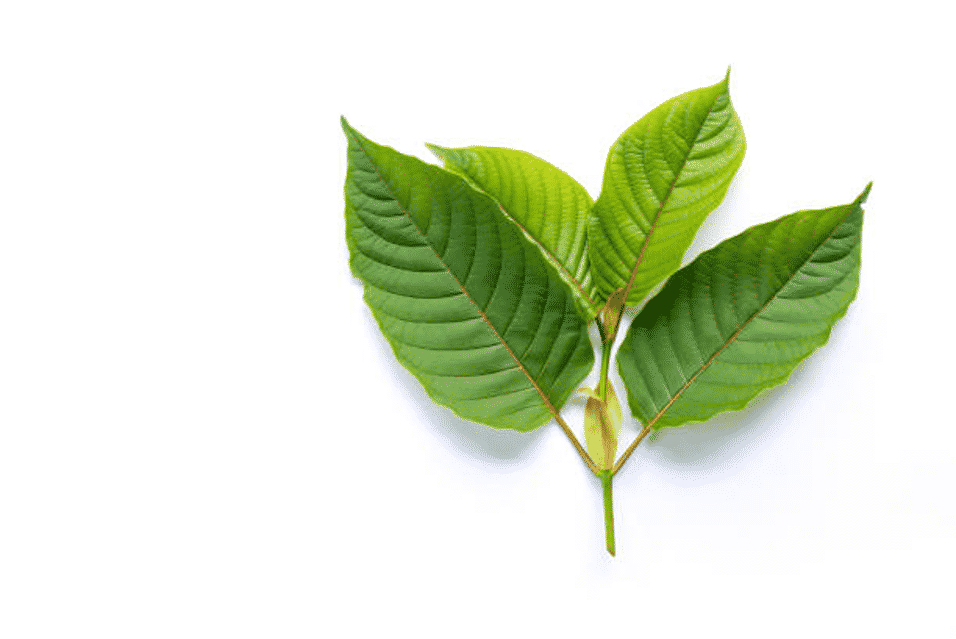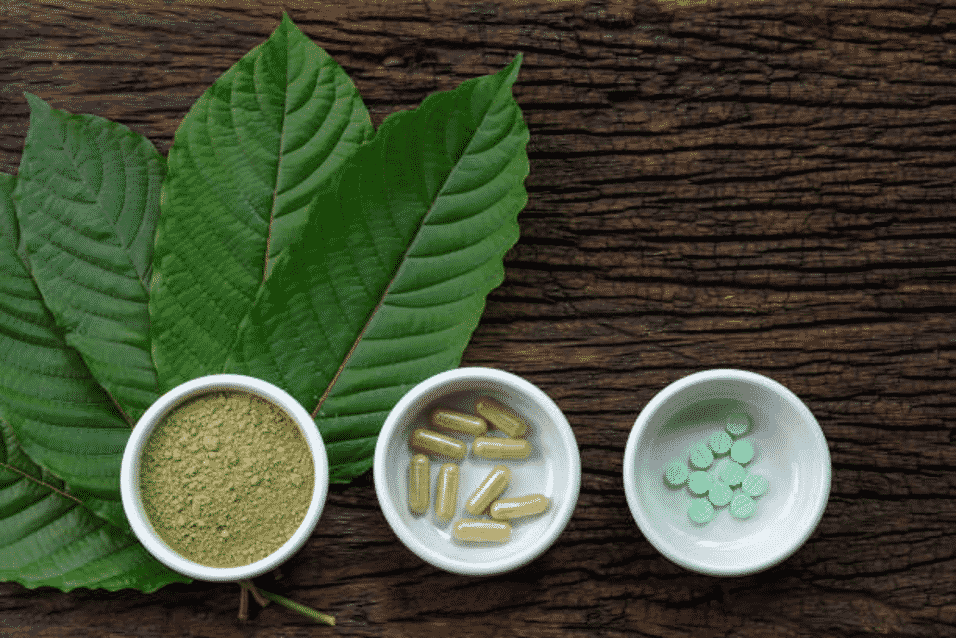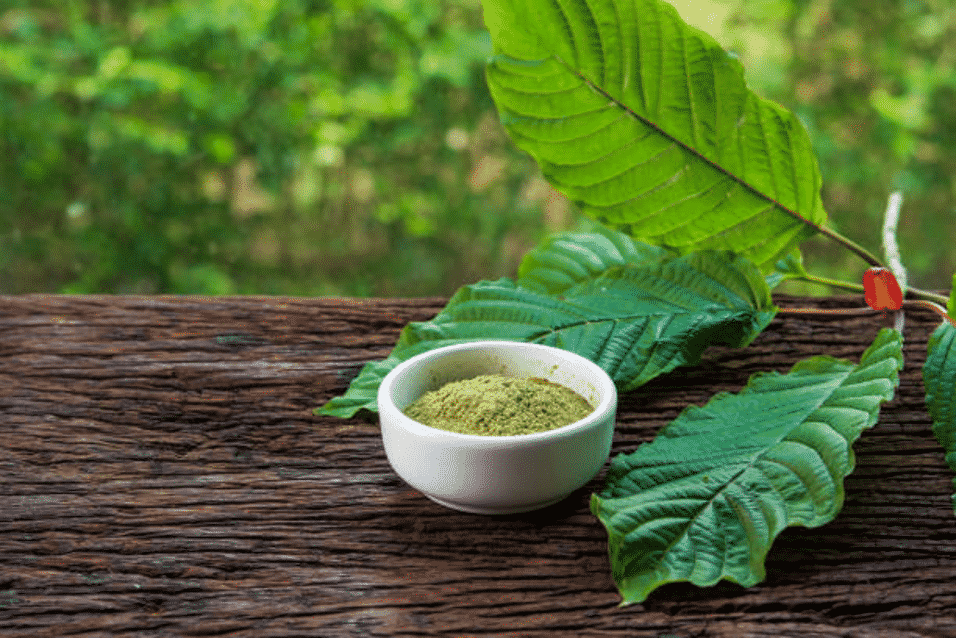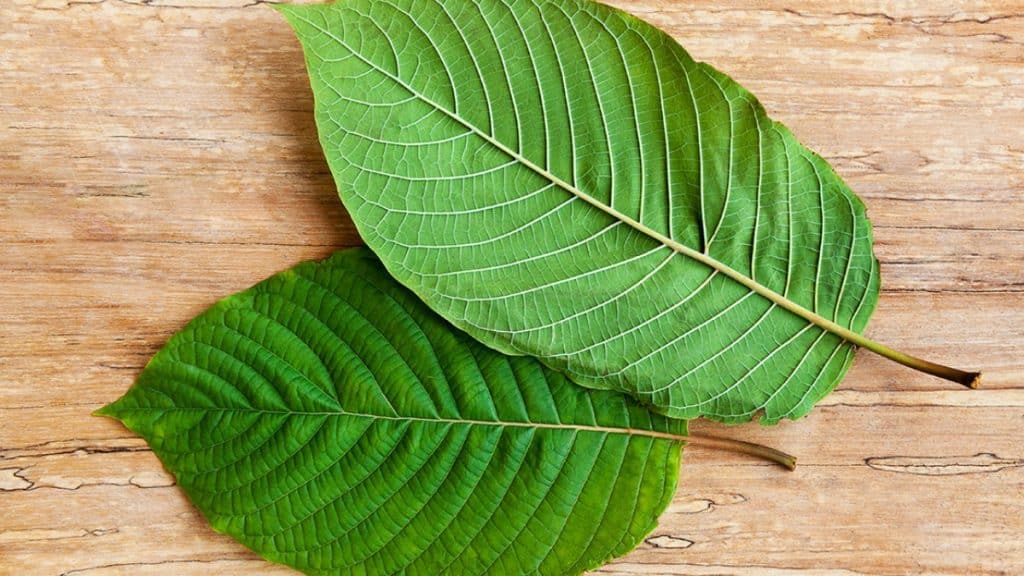In some regions of Southeast Asia, a tropical tree known as Kratom (Mitragyna speciosa) grows naturally. Since ancient times, the leaves of this plant have been used to heal digestive problems and alleviate pain. The towering height of this evergreen tree is quite impressive at an average of 15 meters. It has been more popular in the western world in recent years, especially in the United States.

In addition, Kratom is becoming more popular as an alternative to opiate medicines, which are extremely addictive. Kratom leaves are considered sacred in Malaysia, Thailand, and Indonesia because of their ability to alleviate pain and promote relaxation. These kratom facts will spark your attention.
● Mitragyna Speciosa Is the Kratom’s Botanical Name.
Common names and botanical names can identify plants, algae, and fungi depending on the language. Formal scientific names, which are generally Latin and ubiquitous across countries and languages, are the other names. As a result, even though common names may change, botanical names remain constant. There are over 3000 species in one of the biggest plant genera. A plant’s genus is described by a noun, while a descriptive adjective describes the species. Because a plant genus might include many species, two terms are employed. Mitragynine, the most prevalent alkaloid in Kratom, is “Mitragyna.” The Latin phrase “Speciosa” has several connotations, including “beautiful, wonderful, dazzling, outstanding, and phenomenal.” A lovely moniker for a miraculous plant!
● Mostly for the Sake of Discomfort.

Most people who use Kratom do so to alleviate discomfort. As a result, red vein borneo kratom is a potential alternative if you have an issue that persists despite the use of pain medicines. Additionally, if the pain is excruciating, it might be used to help you relax. When you’ve been injured or traumatized, you’re more likely to have mood changes that interfere with your work and social connections. A big rise in pain alleviation and an increase in vitality will help you take charge of your daily life thanks to this. After an injury, the pain might make it difficult to do normal daily tasks. Consider how difficult it would be to climb a flight of stairs or even to dive into a swimming pool in the middle of the day during the height of summer. You’ll be able to move about more freely and perform tasks more effectively if you’re pain-free.
● How Addictive is Kratom?
Animal experiments have established that mitragynine is addictive. Natives in the area where Kratom was first grown use it to treat opiate withdrawal symptoms since it has a lower risk of becoming addicted. Nevertheless, it has the potential to become addictive if taken excessively. According to research, addiction is more common among educated people in Malaysia and Thailand. Opium withdrawal can be avoided by those who are less educated. According to studies, educated people believe that Kratom is harmless because it comes from plants. Regardless, because of its high potential for abuse, it’s best to exercise caution when consuming Kratom.
● Immunity may be Boosted and Strengthened by Kratom.
Kratom boosts the body’s natural defenses. Isopteropodine and mitraphylline, two alkaloids contained in kratom leaves, appear to boost the immune system’s power and resistance in preliminary tests. Kratom has been shown to lower blood pressure, which is a key risk factor for heart attacks, strokes, and other health problems. As a source of antioxidants, Kratom leaves also help to protect your cells from the damaging effects of free radicals. You have a strong defense against sickness and a robust immune system as a result.

● History Of Kratom Is Long And Diverse
There are several countries where Kratom has been utilized for hundreds of years. Kratom has been an integral component of many Asian cultures and traditions for centuries. As a result of its origins in places like Thailand and Malaysia, the tropical tree has found its way into many cultures.
As a result, Kratom tea is a popular method of ingesting it. However, to have a distinct impact, it can be immediately chewed on. Kratom is still utilized traditionally in certain places, even though the usage in these areas is mostly historical. On the other hand, Kratom leaves are often crushed into a fine powder and then stepped into producing a more potent tea. As you may already be aware, there are several ways to make tea.
● Variety of Types of Kratom Is Available.
Kratom may be purchased in a variety of ways. All across the world, there are a variety of kratom strains and kinds to choose from. Kratom’s wonderful feature is that each strain is a one-of-a-kind hybrid created to meet a specific need.
The red, green, and white veins in kratom leaves serve as a user identifier. These colors also represent the kratom strain’s effect on the body and psyche. Kratom is a complex substance, and it is crucial to learn about all of your alternatives before making a purchase.
Kratom products are available in various forms, including kratom powder, kratom extract, kratom capsules, crushed kratom leaves, and enhanced Kratom.
● Kratom is a slender, Evergreen Tree that Towers Over the Landscape.
These trees are evergreen and may grow to a height of 25 meters or 80 feet. Mitragyna javanica, Mitragyna parvifolia, and other species in the Mitragyna genus are understory trees; hence they don’t get as tall. Those species can only grow to a maximum height of 15 meters (50 ft).

A man’s hand is the size of a Kratom tree’s glossy dark green oval-shaped leaves. Horned Leaf Kratom, for example, has leaves with spikes on the margins.
● Natural Kratom Comes in Three Forms
When kratom trees grow in certain conditions, they can have veins that are either red, green, or white. Temperature, sunshine, and moisture are all factors. As a result of these conditions, the alkaloids in kratom leaves change in concentration, affecting the veins and stems’ color.
Redder veins and stems arise from higher mitragynine levels, whereas light green veins and stems result from lower levels. So despite their appearance, the pale green veins and stems of white-veined plants aren’t white at all but rather a paler shade of green. At the moderate mitragynine level, the stems and veins become green and merge with the leaf tissue.
There is no such thing as yellow kratom leaves, stems, or veins, yet you may stumble across yellow Kratom. This sort of Kratom is essentially a combination of various kratom vein varieties that are processed and fermented differently.
Conclusion
Kratom has numerous advantages, but it also has many controversies. There haven’t been many studies done on it because it’s a new plant in the West.
The plant’s medical benefits will become more widely known as more study is done. There are a variety of strains of the plant, each with varying degrees of potency. Depending on the variation employed, this has various implications for different users. As a result, Kratom’s benefits and side effects have been misunderstood.
